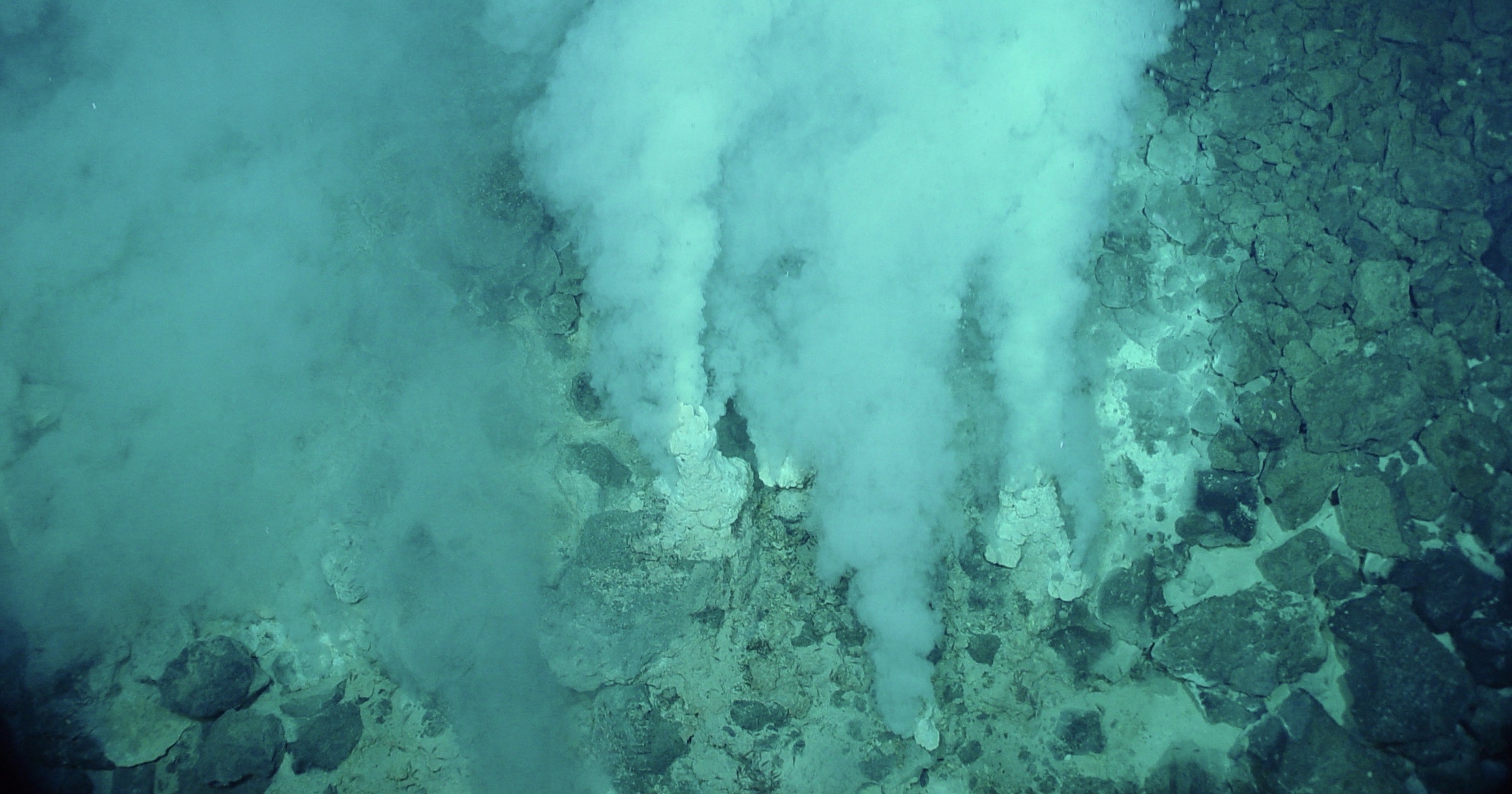 Evolution
Evolution
 Intelligent Design
Intelligent Design
Barriers to an Unguided Origin of Life: Biophysicist Helen Hansma Enters the Debate

I previously interacted with physicist Jeremy England in the journal Inference on the thermodynamics of the origin of life (here, here, here). I argued that life’s genesis required the sudden appearance of a fully functional cell with highly efficient molecular engines that generated chemical energy to power cellular processes. In addition, the cell required a significant quantity of information instantiated in such structures as proteins and DNA.
I then described how researchers have attempted to identify “natural engines” on the early earth that could have provided the required energy. The most plausible scenario is hydrothermal vents converting the energy from proton gradients into chemical energy. Yet, this scenario is crippled by two fatal flaws. First, the amount of power generated could not drive even the earliest stages of any origin-of-life scenario. And, information is still required to direct the energy and matter toward constructing specific molecular structures and driving specific reactions. Without such preexistent information, no amount of supplied chemical energy could enable any but the simplest of biologically relevant processes.
A Distinguished Scientist
In the most recent issue of Inference, Helen Hansma, Research Biophysicist Emeritus, Department of Physics at UC Santa Barbara, responded to our exchange, and I counter-responded in the same issue (see here). I was very grateful to have such a distinguished scientist engage my article. I was also grateful for the opportunity to further illustrate the insurmountable barriers faced by all theories of an undirected origin of life.
Professor Hansma pioneered the origins model postulating that the motion of mica sheets along the ocean floor could have driven chemical reactions energetically uphill, resulting in higher-energy molecules. In her letter, she challenges my evaluation of the power limitations on “natural engines” by asserting that the mechanical energy of the mica sheets could have provided sufficient energy to sustain some pathway to the first cell. In my response, I demonstrate that mica sheets, like all other proposals, could never provide even the tiniest fraction of the energy that would have been required.
A Role for Natural Selection?
Hansma also maintains that sets of integrated reactions could have been directed by natural selection to gradually evolve into an autonomous cell. The problem is that nearly all chemical reactions in cells are either energetically unfavorable (i.e., they move in the wrong direction), or they are too slow, without assistance, to ever compete with the countless other reactions that could have occurred. Moreover, before high-accuracy self-replication emerged, all natural processes would have driven a mixture of chemicals toward lower free energy. Consequently, they would have always moved away from life, never toward it.
In the same vein, Hansma appeals to self-replicating sets of RNAs evolving into forms that could have supported life-relevant chemical reactions. The challenge is that the likelihood of even a single RNA of substantial length ever forming is beyond remote. Even if some local environment hosted an evolving assembly of RNAs, evolution would have favored those chains that specialized in efficient self-replication and thus performed no other life-relevant function. The thermodynamic and information barriers place the belief that solely natural processes could explain the origin of the first cell very nearly into the same category as belief in alchemy or the possibility of a perpetual motion machine.
Update: Helen Hansma contacted me to make the correction that she did not state that the mica sheets had to be at the bottom of the ocean.
Editor’s note: For more on the role of information in the origin of life and other background on the OOL debate, see the recent book, The Mystery of Life’s Origin: The Continuing Controversy (Discovery Institute Press).
